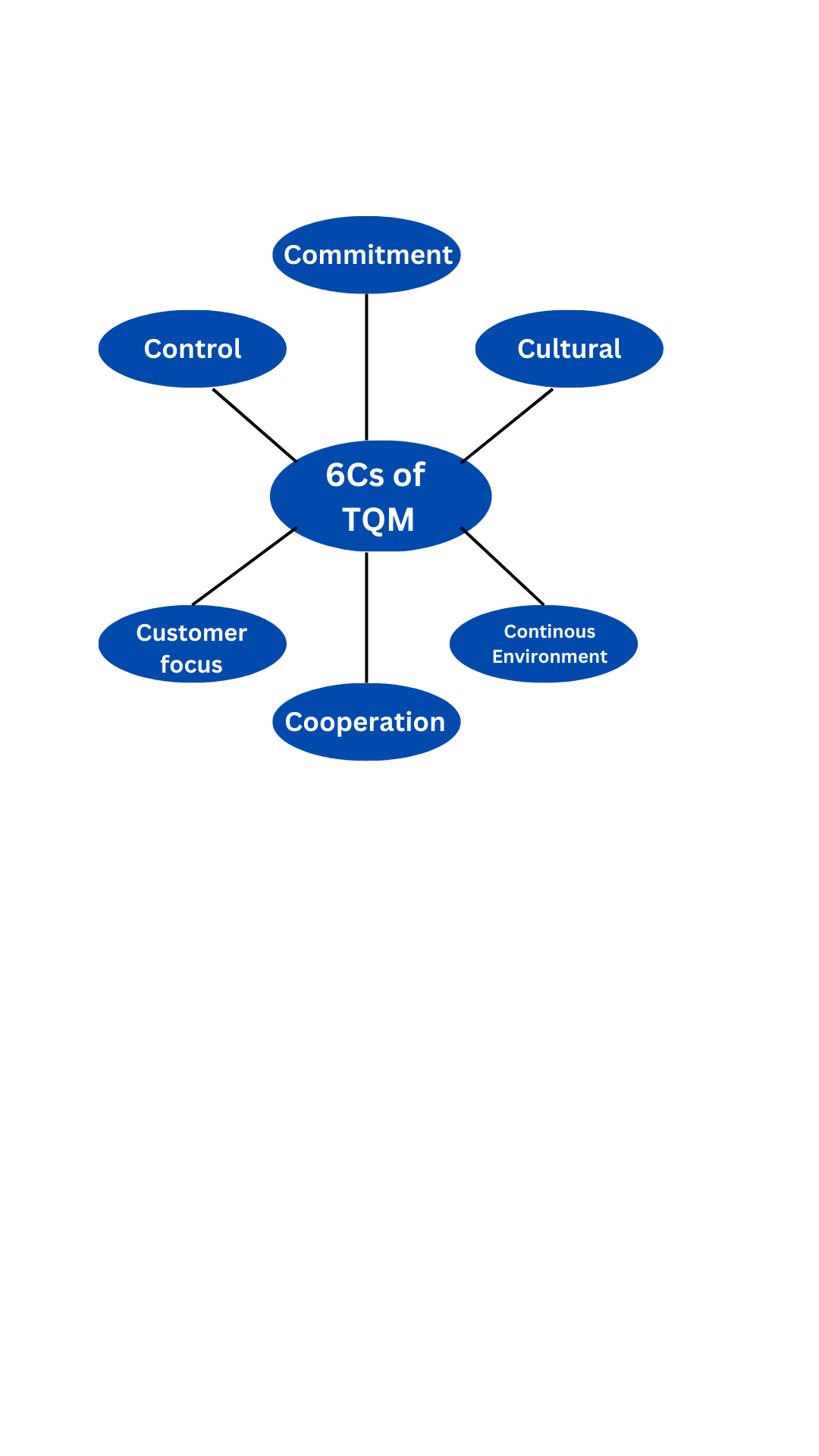Quality Circles
Quality Circles (QCs) are groups of employees who work together to identify and solve work-related problems and improve the quality of products and services in their organization. The concept of quality circles originated in Japan in the 1960s and became popular in the United States in the 1980s.
The basic idea behind QCs is to involve employees in the quality improvement process by giving them a voice in decision-making and encouraging them to take ownership of their work. QCs typically consist of 6-10 members from the same work area or department who meet regularly to discuss and solve work-related problems.
The following are the steps involved in implementing quality circles:
Formation of QCs: QCs are formed by identifying members from the same work area or department who are interested in participating and have the necessary skills and knowledge to contribute.
Training: Members of QCs are provided with training on problem-solving techniques, teamwork, and communication skills.
Selection of Projects: QCs select projects that are relevant to their work area and have the potential to improve quality, productivity, or safety.
Problem Identification: QCs identify problems related to their work area or process and gather data to understand the root cause of the problem.
Analysis and Solution Development: QCs analyze the data collected and develop solutions to address the root cause of the problem.
Implementation and Evaluation: QCs implement the solutions developed and monitor the results to evaluate the effectiveness of the solution.
Presentation: QCs present their findings and solutions to management and other stakeholders.
The benefits of implementing QCs include improved quality, increased productivity, better communication and teamwork, increased job satisfaction and motivation, and improved safety. QCs also help to create a culture of continuous improvement, where employees are empowered to identify and solve problems, and contribute to the success of the organization.
TQM
Total Quality Management (TQM) is a management approach that focuses on continuous improvement of quality, efficiency, and effectiveness in all aspects of an organization. It involves the entire organization, from top management to front-line employees, in a continuous effort to improve quality and meet or exceed customer expectations.
The principles of TQM are based on the following:
Customer focus: TQM emphasizes the importance of understanding and meeting customer needs and expectations.
Continuous improvement: TQM involves a continuous effort to improve quality, efficiency, and effectiveness in all aspects of the organization.
Employee involvement: TQM involves empowering employees to participate in the quality improvement process and contribute to the success of the organization.
Process improvement: TQM focuses on improving processes to eliminate waste, reduce variability, and increase efficiency.
Data-driven decision making: TQM involves using data and analysis to make informed decisions and drive improvement.
Leadership: TQM requires strong leadership and a commitment to continuous improvement from top management.
The implementation of TQM involves the following steps:
Establish a clear vision and mission for the organization.
Develop a quality policy that aligns with the organization’s mission and goals.
Identify and prioritize areas for improvement.
Develop a plan for implementing TQM, including goals, timelines, and responsibilities.
Train employees on TQM principles and techniques.
Measure and monitor progress towards TQM goals.
Implement corrective actions as needed to address any issues or problems.
The benefits of implementing TQM include improved customer satisfaction, increased efficiency and productivity, reduced costs and waste, and increased employee satisfaction and engagement. TQM also helps organizations to establish a culture of continuous improvement and achieve long-term success.
